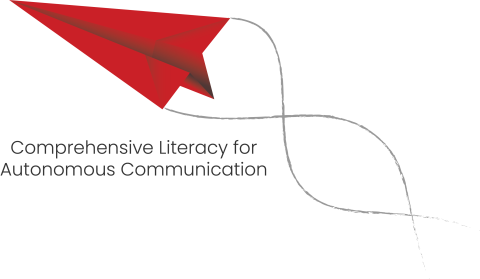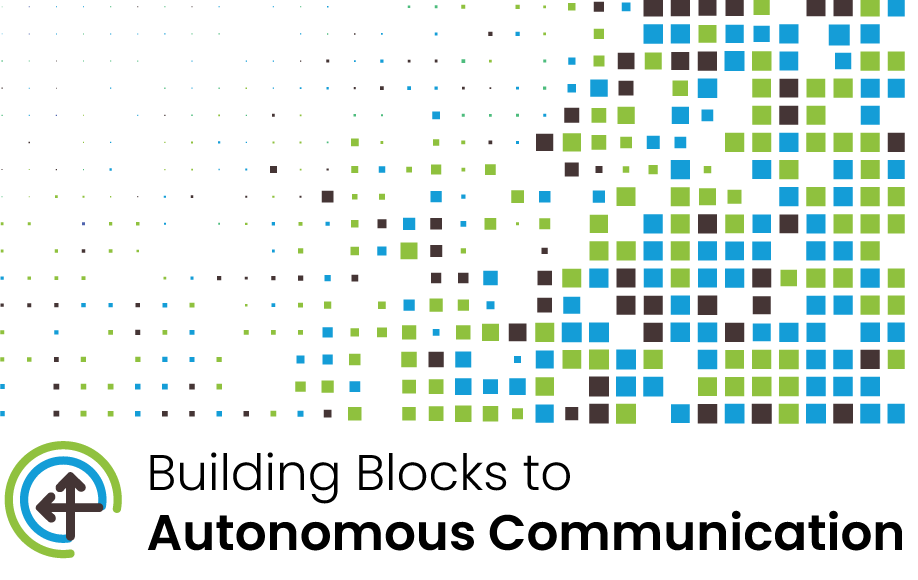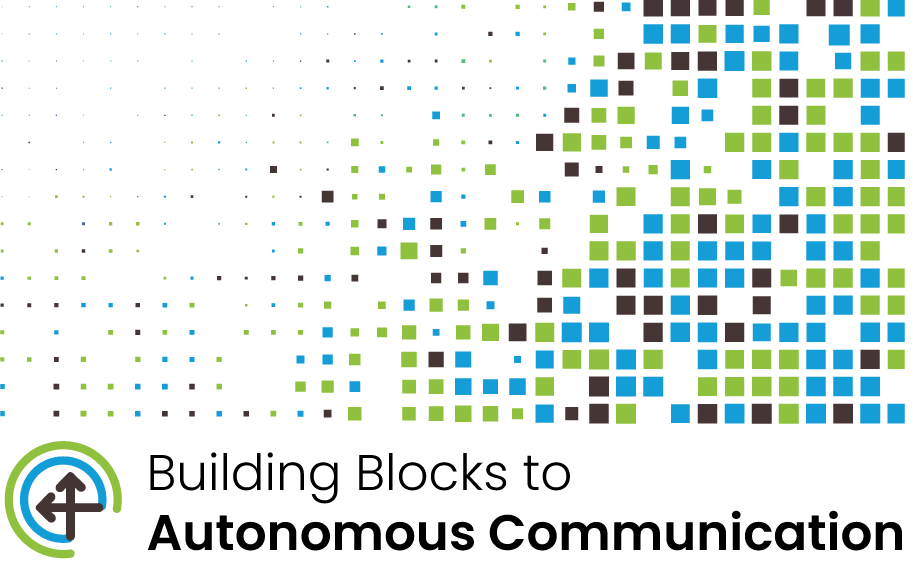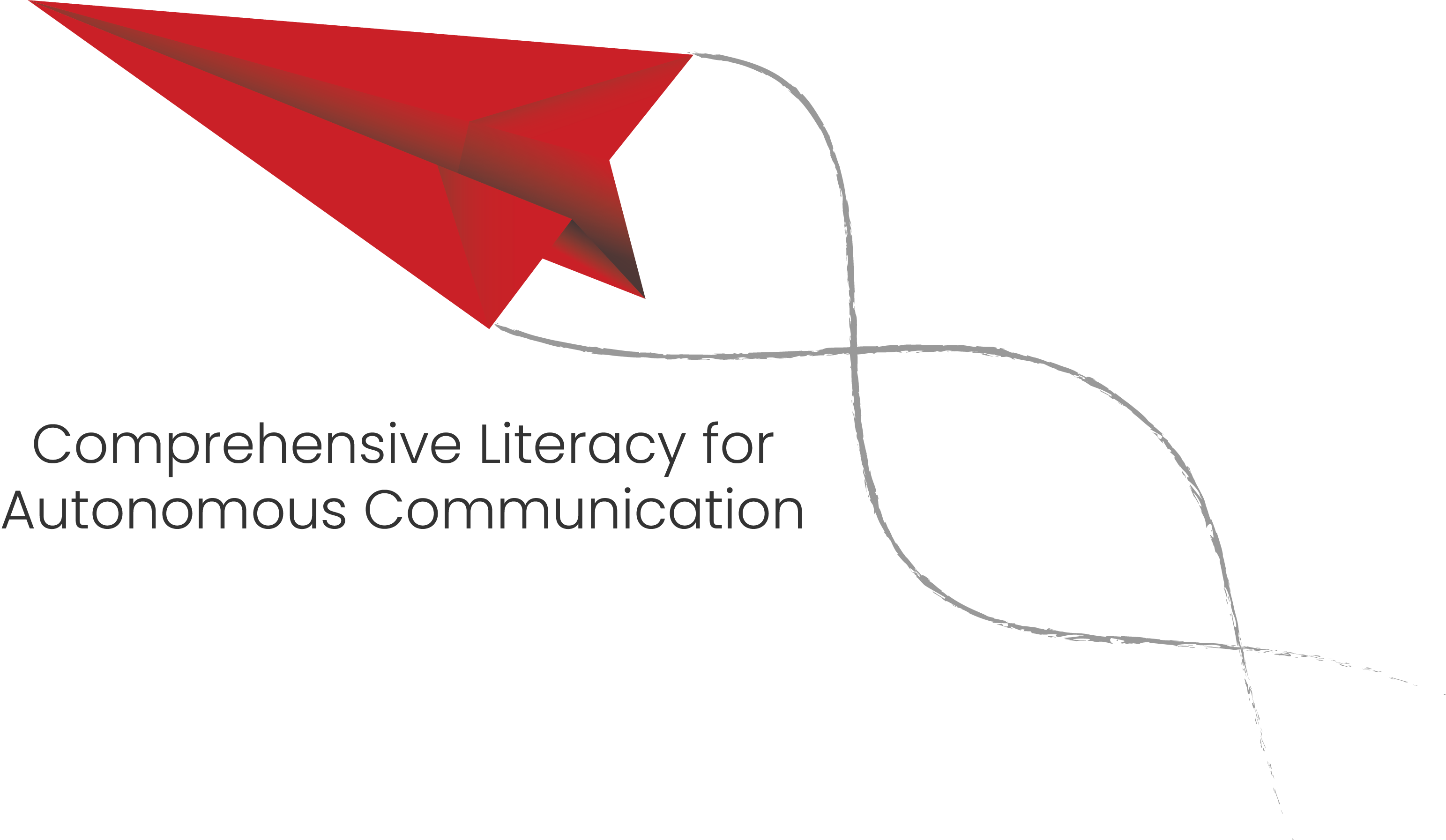Professional Learning
Communication
All learners have the right to communicate, and communication is a prerequisite for teaching and learning.
Autonomous communication or the ability to say what you want, when you want, how you want to whoever you want, wherever you want requires literacy.
Our goal must be to allow all learners to express what they want to communicate.
 Alt+Shift
Alt+Shift








